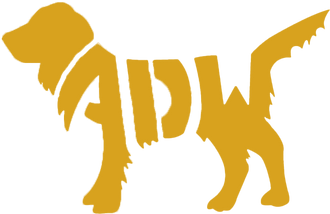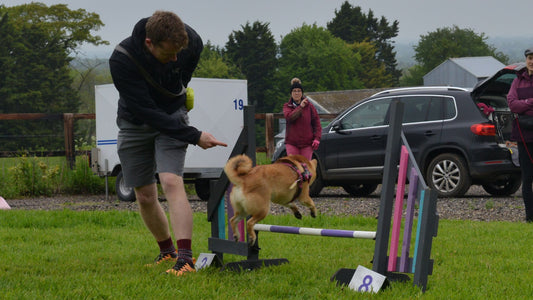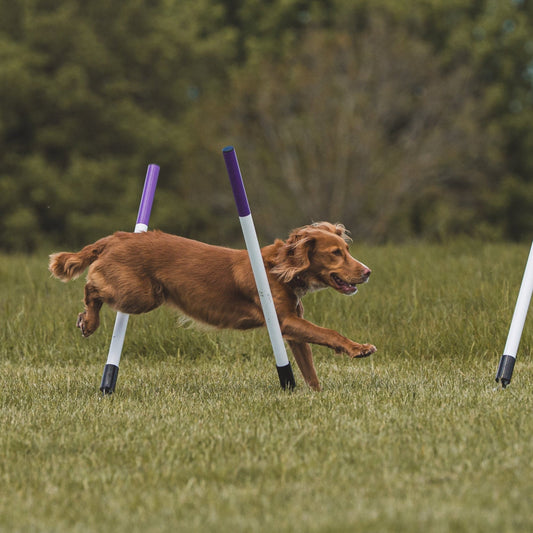Dog Agility
Teach, Strengthen & Maintain a 2-on/2-off Contact at Home
Hello and welcome — I’m Emma, trainer and one of the owners at Anglian Dog Works. In today’s post, I’m breaking down how to teach, strengthen,...
Teaching Rear Crosses: Step-by-Step Guide for Dog Agility
In this guide, we’re breaking down one of the most useful agility handling moves — the rear cross. If you’ve ever found yourself behind your dog on...
Master the Ketshker (German Turn) Agility Handling Move
Mastering the Ketshker (German Turn) for Dog Agility Whether you’re just starting out or are an experienced handler, mastering the Ketshker, also known as the German...
German Turn
What is a German turn? A German turn is a handling option for an S-line bend over a jump where you need to change sides. A...
Forced Front Cross
What is a Forced Front Cross: This handling move guides your dog around to the backside of an obstacle and gets them to 'slice' across the jump. You...
Blind Cross in Dog Agility
What is a blind cross? It’s called blind because you will get ahead on a course, so your dog will be behind and you take your...
Ketshker
In this course, you have the option to practice Front Crosses, Pivots or something which may be new to a few of you, a manoeuvre called...
Teach Your Dog Agility Weaves at Home in 1 Month
Dog Agility Weaves: A 1-Month Training Guide for You and Your Dog This guide will take you through channel weaves, the 2×2 method, V weaves, and...
Week 1 of the Agility Course
Forward Focus In week 1 we kick off by introducing some of the key equipment and commands by training some straight runs over jumps and tunnels. ...


